Fine Beautiful Tips About How To Detect Diabetes In Children
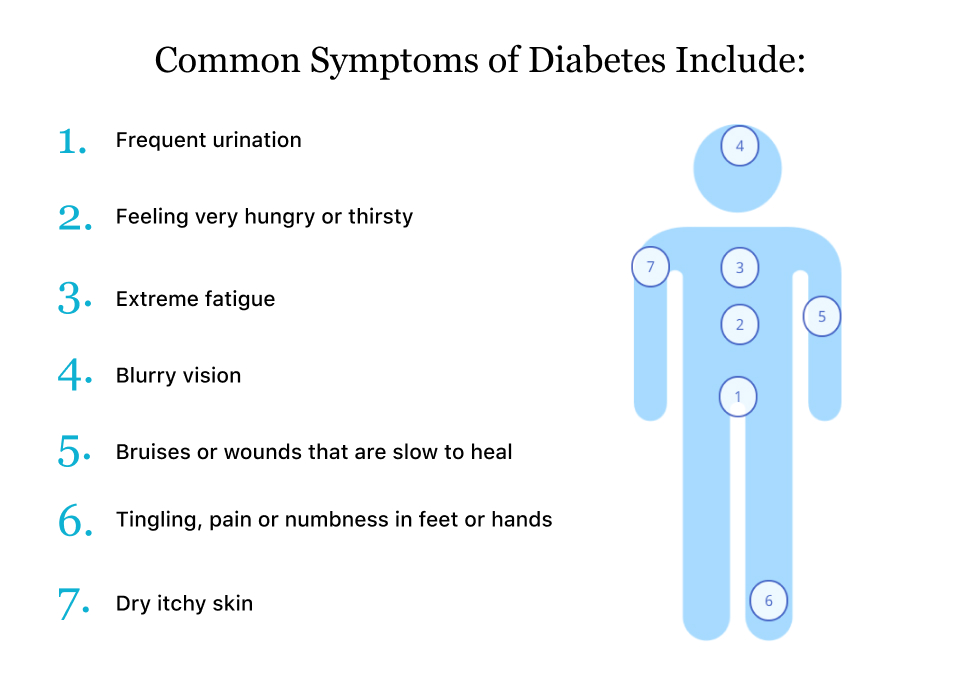
If present, it’s a sign that there is more sugar content present in the urine than is permissible.
How to detect diabetes in children. Scrupulously clean hands washed and thoroughly dried. Diabetes in children leads to many health consequences. The diagnostic criteria for diabetes in adults and children is a random sample blood glucose concentration over 11.1 mmol/l.
Screening for diabetes in children plays an important role in screening, timely detection and treatment, avoiding dangerous. Your child will need to follow a special diet before this procedure. A child is more at risk for type 1 diabetes if he or she has any of these risk factors:
In addition, the ada changed its guidelines, allowing more children with obesity issues to be screened if they had one or more of the health risks associated with diabetes. In this case, diabetes appears in a variety of ways depending on the child with the disease. How is diabetes diagnosed in toddlers?
If your child has a high blood sugar level, the kidneys will respond by flushing out excess glucose in the urine. Features of type 2 diabetes include: Children with diabetes, especially younger children, can have a hard time identifying the symptoms of diabetes themselves, so if you notice any of these conditions.
Insulin resistance is a major risk factor for type. Increased thirst and urination hunger weight loss fatigue irritability a fruity smell on the. A more involved test, called an oral glucose tolerance test, can tell for certain if it’s type 1 diabetes.
People who are overweight—especially if they have excess belly fat—are more likely to have insulin resistance, kids included. Is age 4 to 6, or 10. Steps to follow to detect diabetes 1 in children detect diabetes 1 in children by monitoring their urine monitor how often your child urinates, and how much.
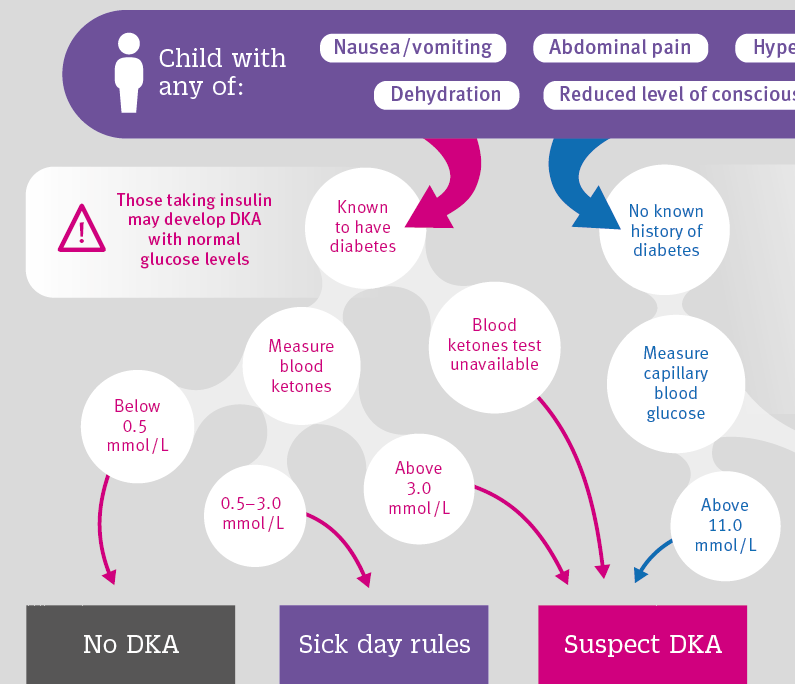
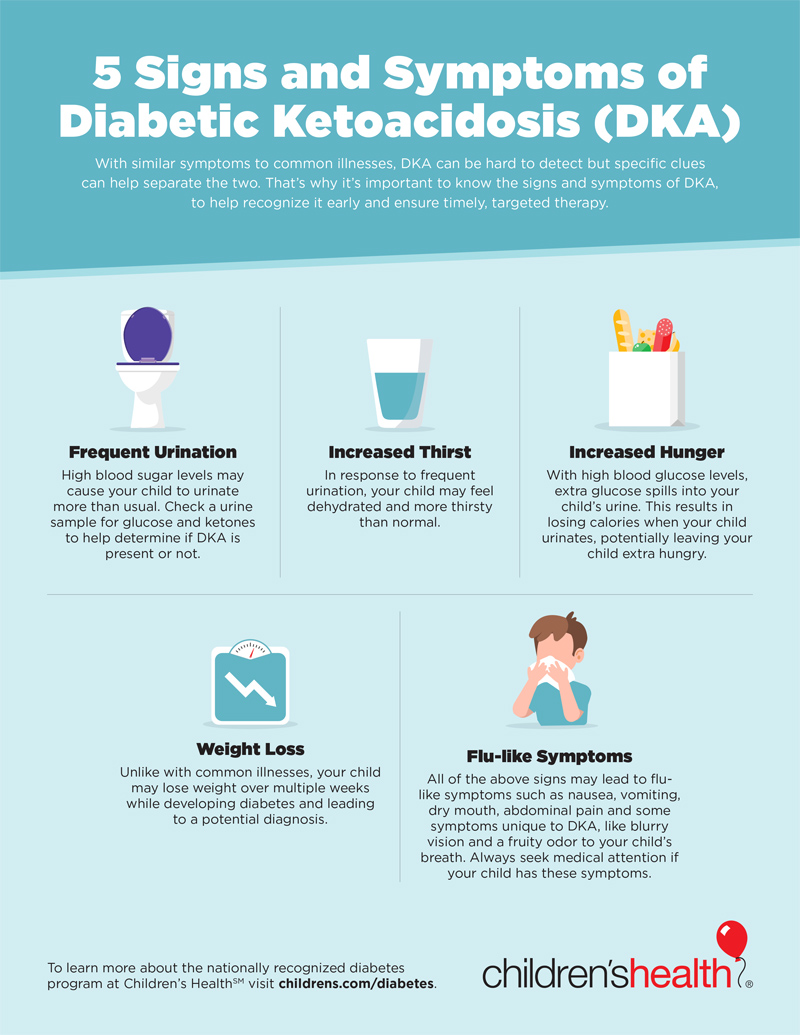
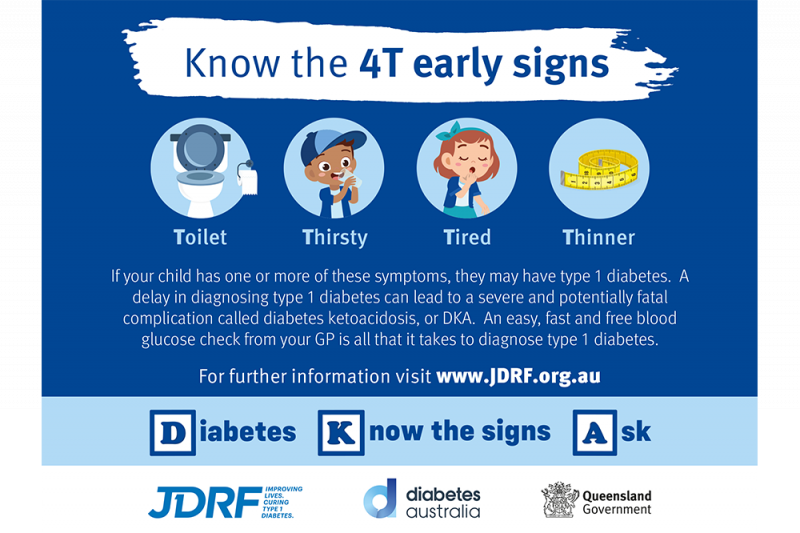
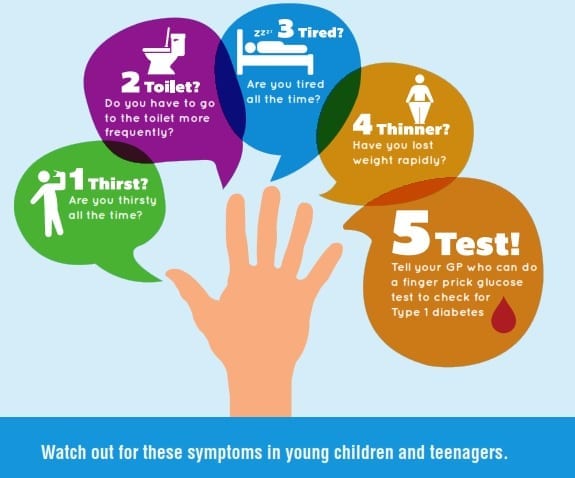





![Pdf] Type 2 Diabetes Mellitus In Children And Adolescents. | Semantic Scholar](https://d3i71xaburhd42.cloudfront.net/e71a3ac19b9d346e22d3f869bc52bc7bc27be978/4-Table2-1.png)
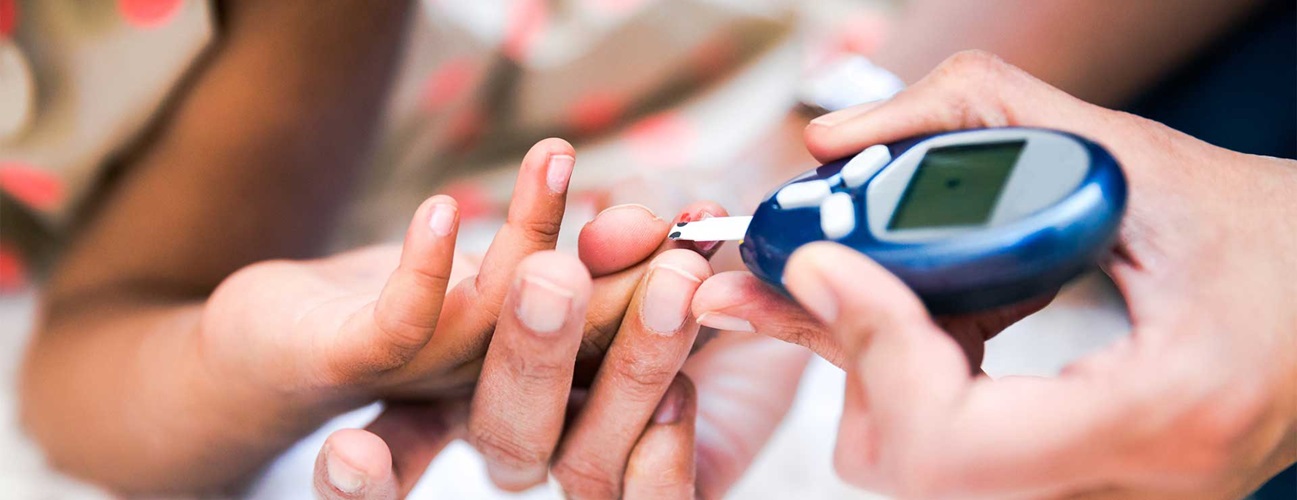
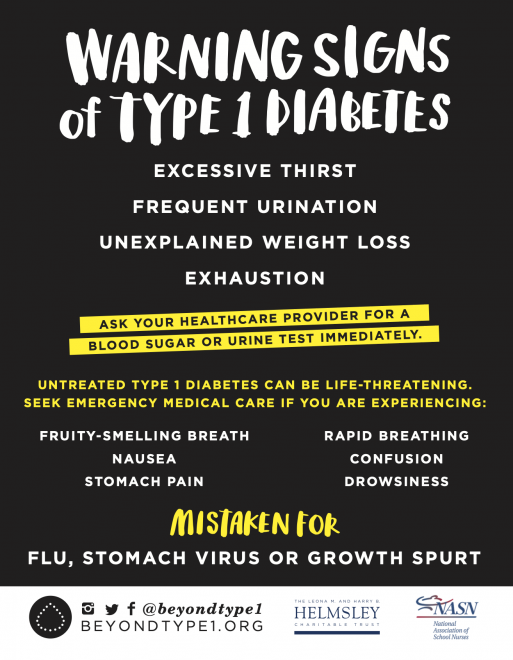

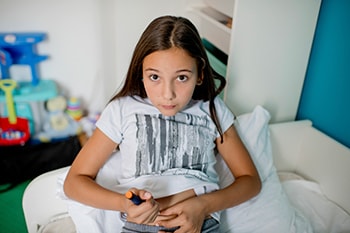
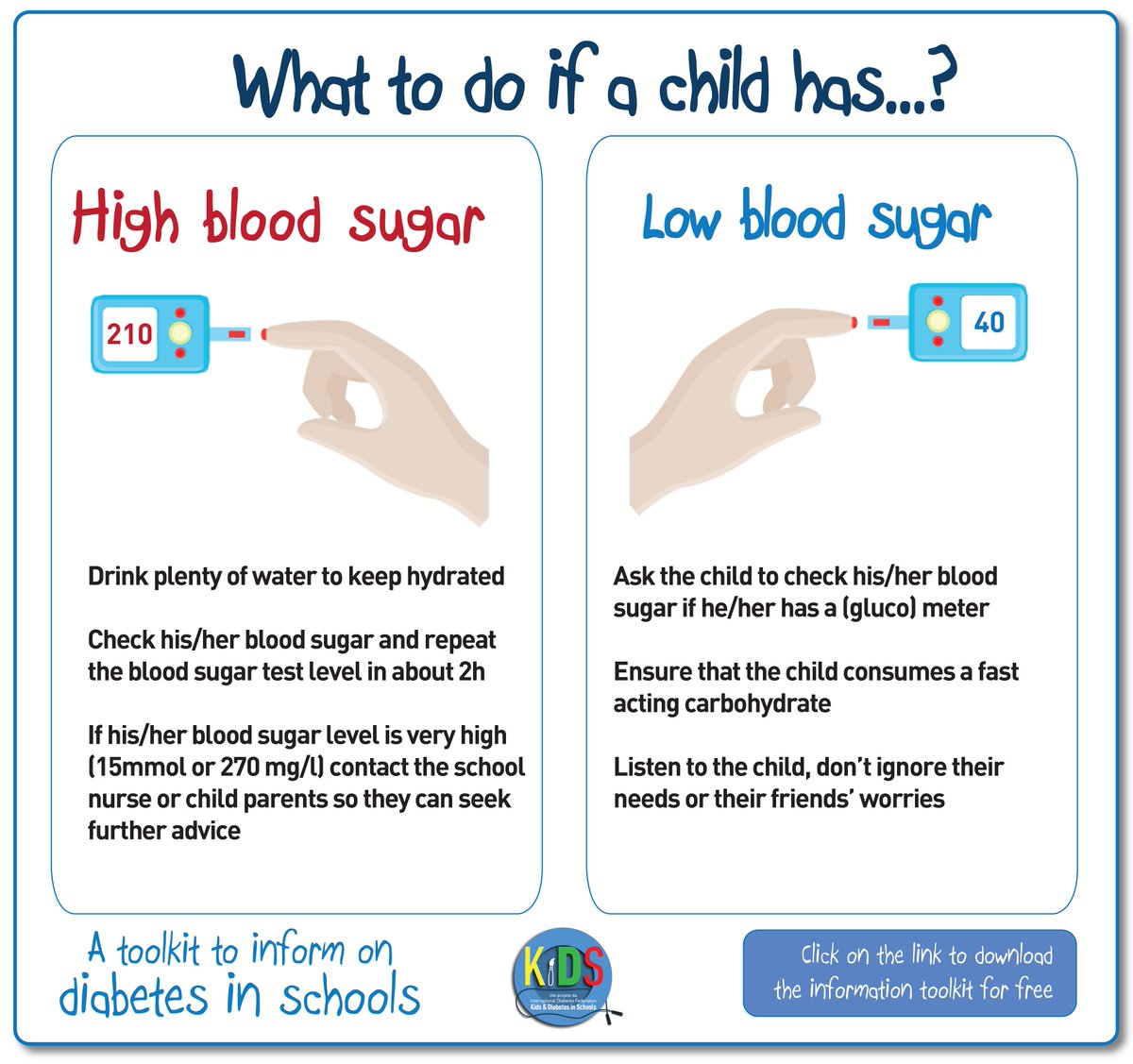
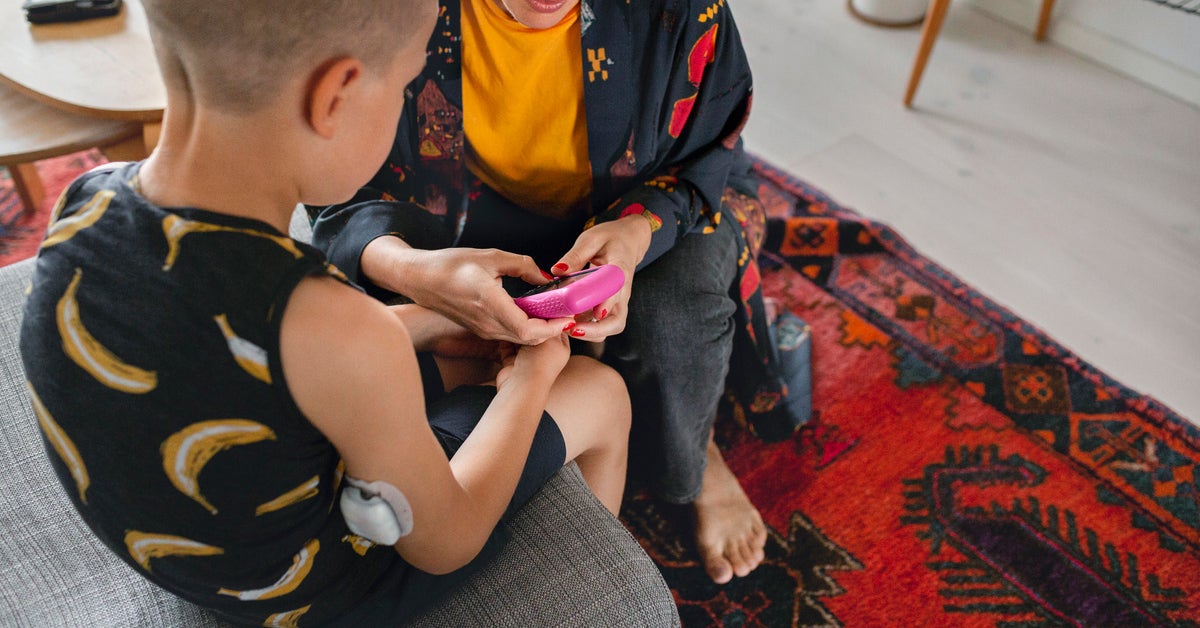

/hyperglycemia-diagnosis-5ae1f370a18d9e003744cd92.png)